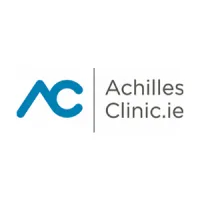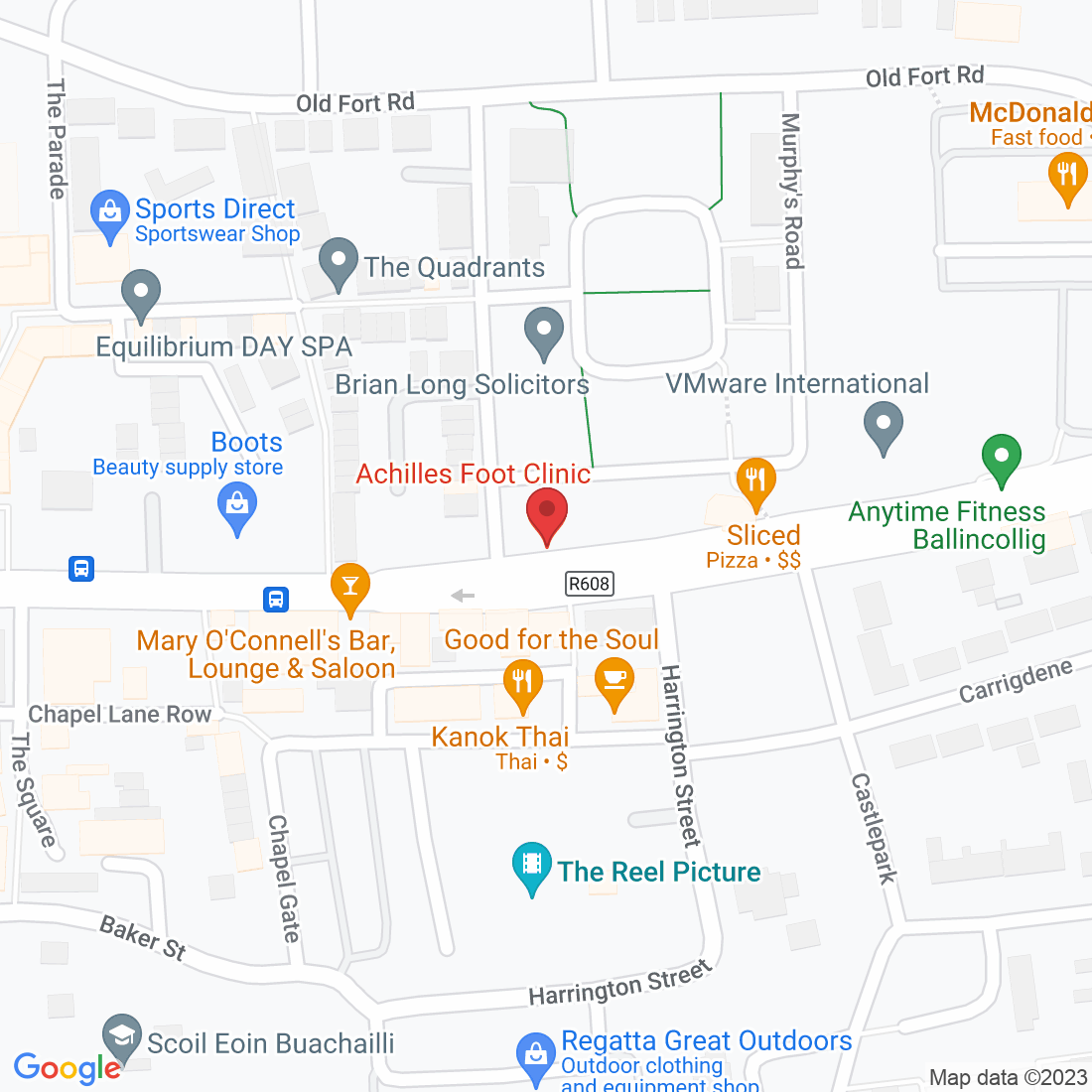
We have all been there, neglected a niggle in our foot and told ourselves that it would probably go away. Weeks have passed, even months, and it’s only getting worse. Then finally, when we are hobbling around barely able to walk, we decide to seek help…
Well, at Achilles Foot Clinic, we are here to help you.

Post-Treatment Care for Verrucas: How to Ensure Complete Healing
Verrucas, commonly known as plantar warts, are benign growths caused by the human papillomavirus (HPV). Although they can be treated effectively, proper post-treatment care is essential to ensure complete healing and prevent recurrence. At Achilles Foot Clinic, we emphasise the importance of following a structured aftercare routine to support your recovery. In this comprehensive guide, we will discuss best practices for post-treatment care of verrucas, aiming to help you achieve the best possible outcome.
Why Post-Treatment Care is Crucial
Effective post-treatment care for verrucas is vital for several reasons:
Promotes Healing: Following the treatment plan helps the affected skin heal without complications, reducing the risk of infection.
Prevents Recurrence: Adhering to aftercare guidelines can significantly reduce the chances of verrucas returning.
Enhances Comfort: Proper care minimises discomfort and aids in recovery.
Best Practices for Post-Treatment Care
Follow Your Podiatrist’s Instructions
After treatment, your podiatrist will provide specific care instructions tailored to your situation. It’s crucial to follow these guidelines closely to maximise healing. This may include instructions on cleaning the area, applying topical medications, and any follow-up appointments that are necessary.
Keep the Area Clean and Dry
Keeping the treated area clean and dry is essential for recovery. Gently wash the area with mild soap and water, then pat it dry thoroughly. Avoid soaking the treated area in water for at least a week, as prolonged moisture can interfere with healing.
Avoid Picking or Scratching
It’s vital to resist the urge to pick or scratch the treated area, as this can lead to infection or scarring. If itching occurs, consult your podiatrist about safe relief options. Proper care and patience are crucial during the healing process.
Protect the Treated Area
Depending on the treatment method, you may need to protect the area with a bandage or specialised dressing. This shield helps prevent friction, dirt, and moisture from irritating the site. Follow your podiatrist's recommendations on how long to keep the area covered.
Choose Appropriate Footwear
Wear loose-fitting shoes that provide adequate space for the treated area to heal. Tight or restrictive footwear can cause pressure on the site, leading to discomfort or re-injury. Consider wearing open-toe sandals or shoes with a wide toe box until the area has fully healed.
Monitor for Signs of Infection
Keep an eye out for any signs of infection, such as increased redness, swelling, warmth, or drainage of pus. If you notice any of these symptoms or experience severe pain, contact your podiatrist immediately for evaluation and treatment.
Maintain Good Foot Hygiene
Practicing good foot hygiene is crucial in preventing the spread of the HPV virus that causes verrucas. Wash your feet daily, dry them thoroughly, and avoid sharing towels or footwear with others to reduce the risk of reinfection.
Avoid Walking Barefoot in Public Spaces
To prevent exposure to the virus that causes verrucas, avoid walking barefoot in public places such as swimming pools, locker rooms, and communal showers. Wearing sandals or flip-flops in these areas can protect your feet.
Schedule Follow-Up Appointments
Regular follow-up appointments with your podiatrist are essential for monitoring your recovery. These visits allow for adjustments to your treatment plan and provide an opportunity to address any concerns.
Educate Yourself on Verruca Prevention
Understanding how verrucas spread and the measures you can take to prevent them is key. Educate yourself on proper foot care, hygiene practices, and the importance of early treatment if you notice any symptoms.
Conclusion
Effective post-treatment care for verrucas is essential for ensuring complete healing and preventing recurrence. By following these best practices, you can support your recovery and reduce the risk of future infections. If you have any questions about your post-treatment care or are experiencing persistent symptoms, don't hesitate to reach out to Achilles Foot Clinic. Our expert team is here to provide the guidance and support you need for healthy, pain-free feet.
Contact us today to schedule a consultation and learn more about effective verruca treatment and care!
Ask Lorcan And His Team
Fill in the form to request a Call From Our Team
Fill in the form to request a Call From Our Team
One of our team will call you for FREE and answer any questions or concerns you may have about Bunions.
One of our team will call you for FREE and answer any questions or concerns you may have about your uncomfortable Bunions.








